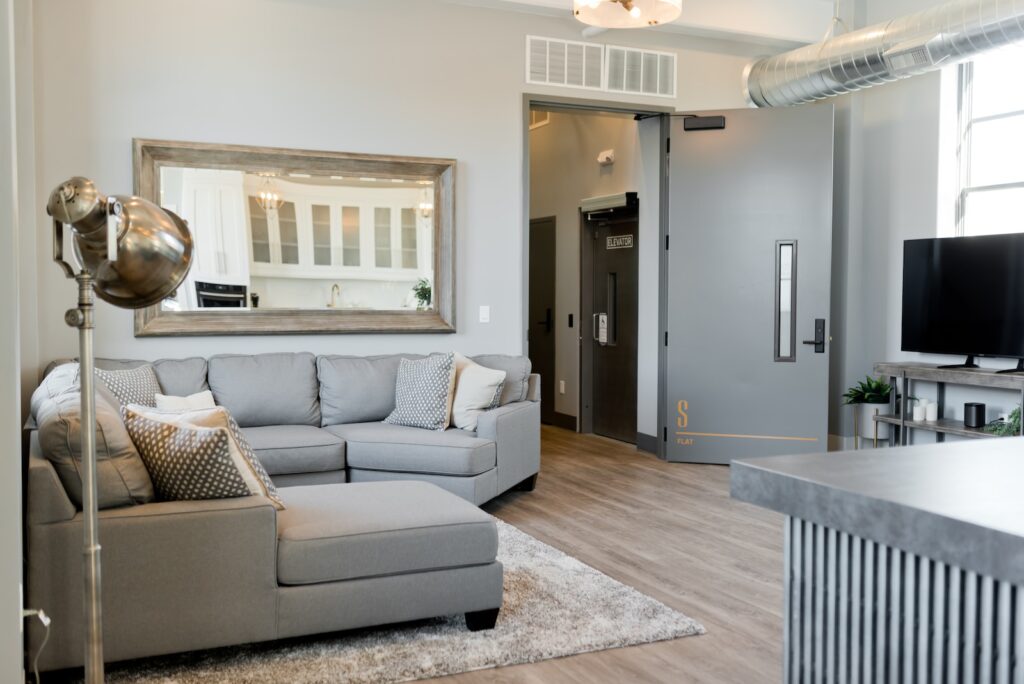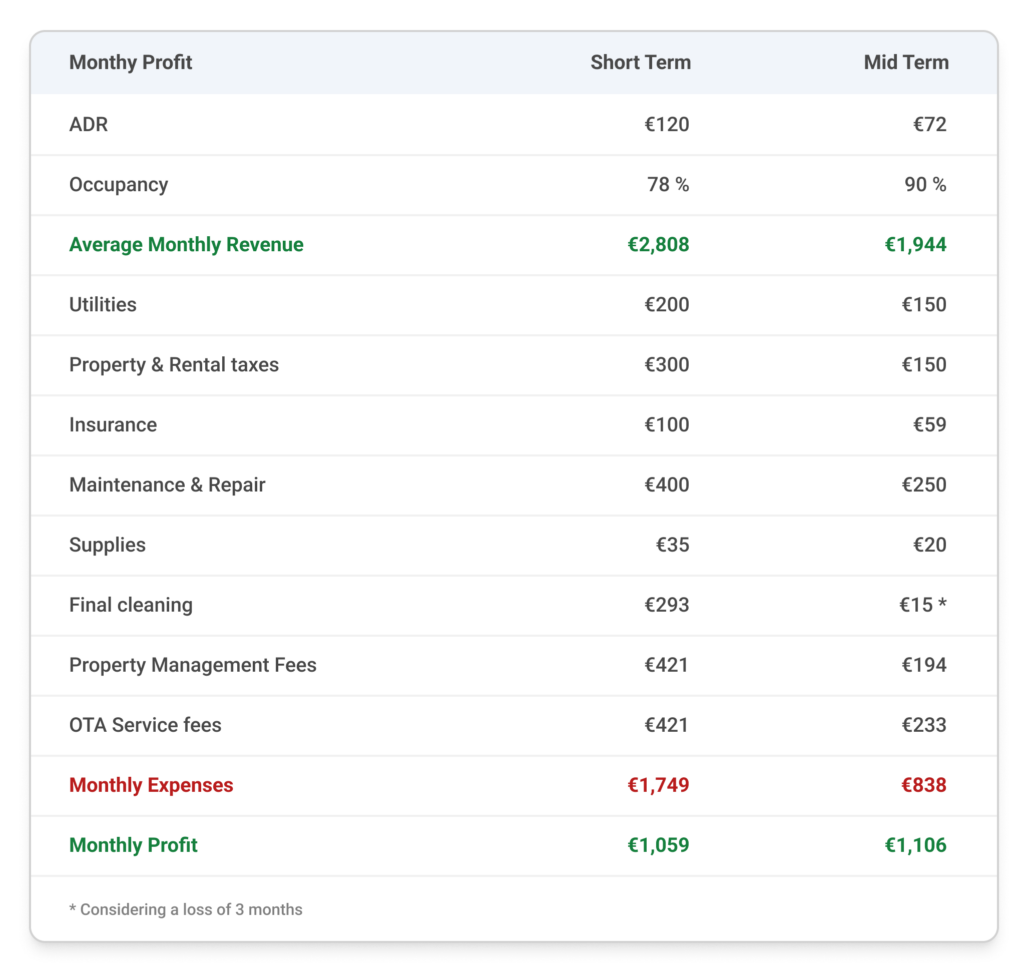As summer approaches, hosts are gearing up to attract guests to their vacation rental properties. While short term bookings are the norm during high season, overlooking midterm bookings could mean missing out on a significant revenue opportunity.
SiteMinder’s Hotel Booking Trends indicated that the average length of stay is also on the rise, with 2022 recording longer stays than previous years. This was particularly true for Spain in summer, which had the longest average stay length in August.
Can you generate more profit with midterm bookings compared to short term rentals? What are the benefits of offering midterm rentals during the summer months? Let’s examine some of them more closely.

1. Quality tenants
Homelike’s platform concentrates on accommodating business travelers who are interested in stays lasting for more than 28 days. As a result, the platform attracts higher-quality guests who tend to take better care of the property, avoiding disruptive party bookings and community disturbance.
Moreover, midterm bookings usually result in less wear and tear on the property, as guests tend to treat it as their home away from home and handle it with care. This reduces maintenance costs and prolongs the property’s lifespan.
2. High occupancy rate during the shoulder season and low season
The shoulder season is typically the period between the high and low seasons, and it can be difficult to attract guests during this time. However, by offering midterm bookings, hosts can appeal to guests who are looking for longer stays. A midstay booking from Homelike typically has a Length of Stay of about 3 months, significantly increasing your overall occupancy rate.
If you’re looking to optimize your occupancy rate even further, check out SiteMinder‘s occupancy rate calculator here to see how partnering with them can boost your bookings during the shoulder and low seasons.
3. Financial Stability due to predictable revenue streams
Along with a high occupancy rate, midterm bookings provide more predictable revenue streams all year long. Hotels that primarily cater to business travelers may face a downturn in demand during the summer months, for instance.
Additionally, short term bookings are often subject to last-minute cancellations, which can make it difficult to predict when and for how long your property will be occupied. This unpredictability can create cash flow problems and make it challenging to plan for expenses.
Midterm bookings, on the other hand, can provide a steady stream of income over a longer period, creating greater financial stability for hosts. Planning ahead becomes a lot easier for Homelike bookings, as more than 75% of them have a lead time of more than 2 weeks. This stability can help hosts to be more effective and allocate resources accordingly, ensuring that they are able to meet their financial obligations.
By having a consistent and reliable source of income, hosts can have greater peace of mind and focus on providing quality service to their guests.
The following table illustrates the difference in the ADR, occupancy, monthly expenses, and profit between short term and midterm bookings. Compared to short term bookings, midterm bookings have a lower ADR, but the higher occupancy rate and lower expenses result in a higher monthly profit.

4. Optimization of Operations
The midterm segment requires way lower maintenance compared to the short term, particularly when it comes to booking management, check-ins, and check-outs. With longer stays, hosts have fewer turnovers, resulting in less cleaning and less wear and tear on the property. This not only saves time and money for the host, as proven above, but also provides a more comfortable and hassle-free experience for the guest.
Establishing a more personal relationship with guests who are staying for a longer period of time is much easier, which can lead to increased loyalty and positive reviews, with increased future revenues as a direct result.
Additionally, since mid-term guests are more likely to have a stable schedule, hosts can better plan their staffing needs and schedule maintenance work during guest absences, minimizing disruption to the guest’s stay. Therefore, if you’re a host looking to streamline your operations and reduce costs, the mid-term segment is definitely worth considering.
To get the most out of the summer, hosts should develop a strategy that aligns with their goals. Building strong partnerships with OTAs that focus on longer stays and working closely together with platforms like Homelike and its representatives is key to understanding the platform’s capabilities and can give hosts the edge they need for the upcoming summer.
By focusing on midterm bookings, hosts can take advantage of the many benefits they offer and maximize their revenue streams while providing an excellent experience for their guests.






















